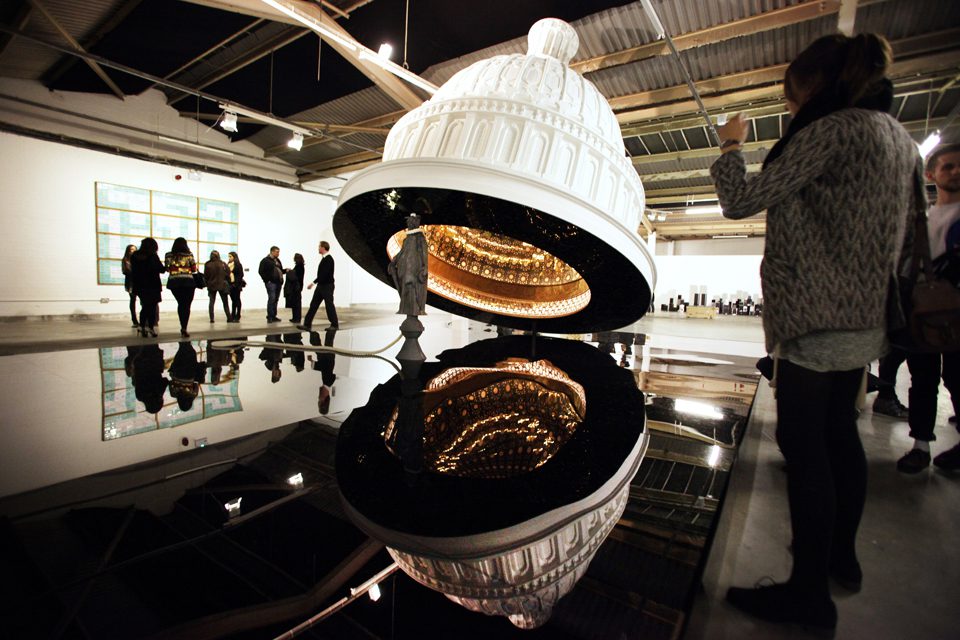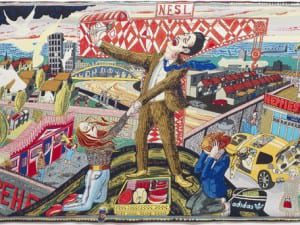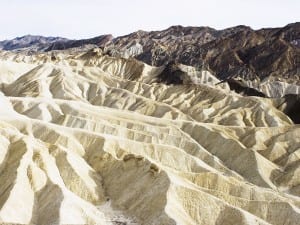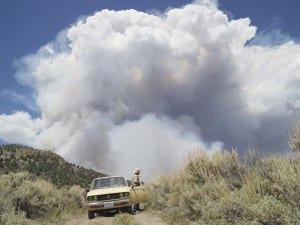A lieutenant colonel in the army, Abdulnasser Gharem (b. 1973) is the most significant Saudi conceptual artist of his generation. His work has achieved the highest sales of any artist from the Middle East. This autumn, his first major solo exhibition arrives in the UK and opens at Edge of Arabia, London. It runs from 9 October until 8 November.
Do you find that your job as a lieutenant colonel in the Saudi Army informs and influences your artistic practice?
Working in the army does inform my practice; it is affected by my direct experience and it is influenced by the changing political situations globally. There have been many wars in the Middle East, and I think being in the army has created a greater awareness of the problems unfolding. I have developed an understanding of the army’s language, what its aims are and what its individual members are thinking. In the past, wars have had profound impacts on artistic production. For example, after World War II, artists changed their approach to their work in response to the society around them and the type of humanity they had confronted. I think, with this in mind, that I am in a privileged position as an artist, particularly working within this region.
You use a variety of media, including photography, video, sculpture and performance. Why do you work in this interdisciplinary way?
My work relies on the idea itself. In some instances, painting is the best medium through which to channel what I am trying to convey; in other cases the message is best translated through text, so really it depends. However, more often, my thoughts are best materialised with newer forms such as video art or sound installations. With the progress of technology, sonic and visual platforms improve communication, and as an artist I think it is important to be involved with this process. I also use new media since this is about conversation and information. It is always the idea that guides me, and all of these elements become devices to help me portray this.
In your different works, how do you balance progression with the acknowledgement of Saudi Arabia’s history?
The area I come from contains layers of history, but I have noticed that the people who live there and in the surrounding landscape are not searching for answers or conclusions. Consequently, like when an archaeologist embarks on the long process of uncovering history by digging with a brush, my role is to use a brush to delve into the history of Saudi Arabia. The knowledge I unearth does not control my original ideas though; instead I work hard to have a more humanitarian approach, translating what I can see before me and examining how it affects me. I attempt to speak in a global language, accessible to everyone, which looks at events in the present and the past with the intention of trying to see what will happen to society in the future.
What was the idea behind your performance Manzoa?
When I started making art in Saudi Arabia there were no galleries, institutions or even art books, so I turned to performance as my starting point. I think performance is the most powerful medium an artist can use because you have the ability to project your message onto the streets of your country. There is always negotiation involved, but if you find the right people they will come on board. My work is influenced by Mahatma Gandhi because what he did was actually a performance; he just walked from city to city. Manzoa was a response to a social issue; it was a performance in a village which was about to be taken away. The people in the village were depressed and didn’t know what to do, and my performance acted as a spark, directing a lot of media attention towards the location. It gave its inhabitants direction and hope.
Is audience response an important part of your artistic output?
The response from my audience is incredibly important because the issues I deal with come from the things that concern them directly. The public becomes involved with an artwork that it can relate to. Often the piece responds to a problem encountered in viewers’ daily lives, and in turn the work becomes a platform for them to voice their concerns. In this way, art is an effective medium because people can be reprimanded for expressing their opinions in a national newspaper, but they can convey a message in a less blunt way through creativity. This is the precise reason why I’m trying to develop the art scene; it will help people to be able to say what they want to.
What do you have planned for the future?
One of my missions is to establish a large-scale project to start the first art foundation for young artists in Saudi Arabia. The idea behind it is to create a space for them to practise art and to try to develop a link between the East and the West. I would like experienced people from the West to come and be involved in the foundation, and for it to act as a channel and a source of shared knowledge. This is one of my missions and just one of my ideas.





